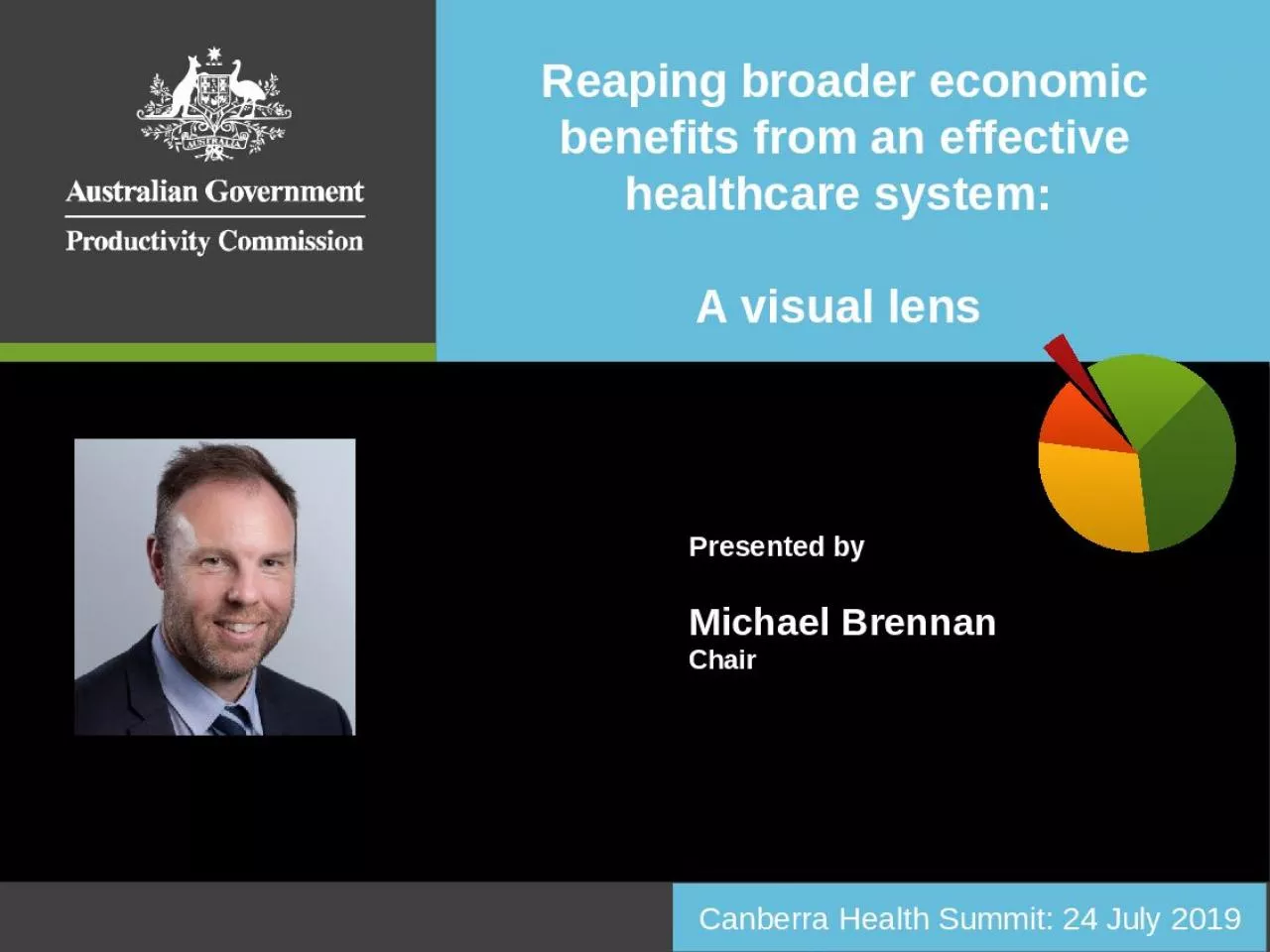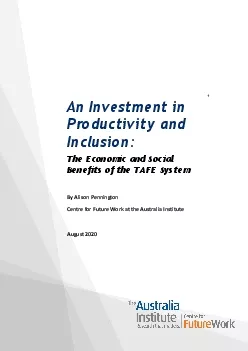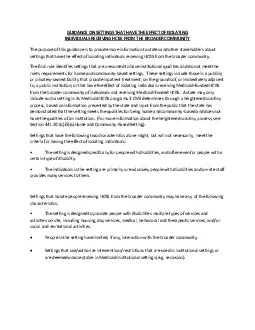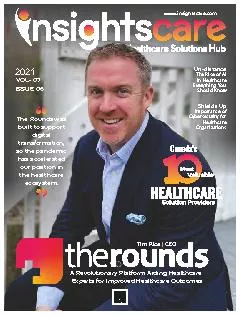PPT-Reaping broader economic benefits from an effective healthcare system:
Author : roy | Published Date : 2024-02-09
A visual lens Canberra Health Summit 24 July 2019 Presented by Michael Brennan Chair 2 The cost of waiting 900 million annually 1 of the NSW population account
Presentation Embed Code
Download Presentation
Download Presentation The PPT/PDF document "Reaping broader economic benefits from a..." is the property of its rightful owner. Permission is granted to download and print the materials on this website for personal, non-commercial use only, and to display it on your personal computer provided you do not modify the materials and that you retain all copyright notices contained in the materials. By downloading content from our website, you accept the terms of this agreement.
Reaping broader economic benefits from an effective healthcare system:: Transcript
Download Rules Of Document
"Reaping broader economic benefits from an effective healthcare system:"The content belongs to its owner. You may download and print it for personal use, without modification, and keep all copyright notices. By downloading, you agree to these terms.
Related Documents














